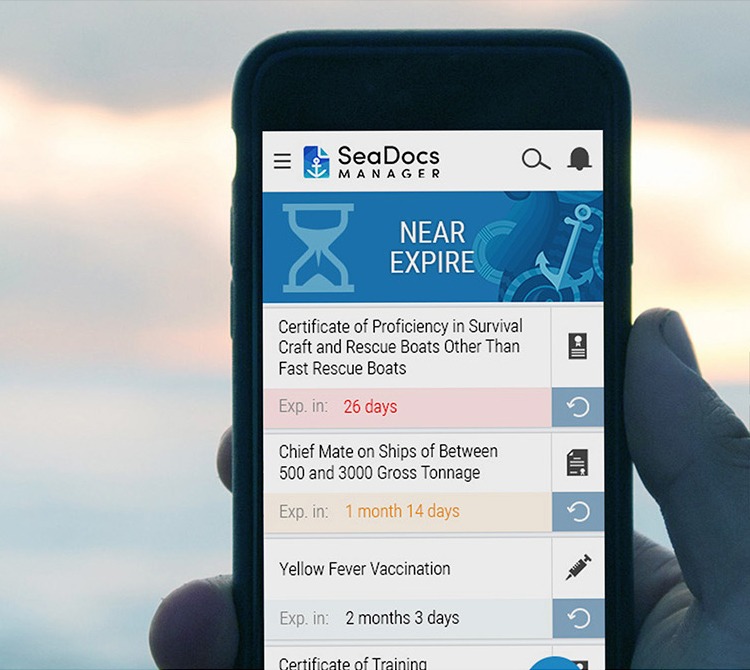Do seafarers complain about their work? It seems that these people are quite satisfied with their lives, despite many dangers they face each day while working at sea. We checked seafarers work satisfaction by looking at the Manpower Report statistics.
500 mariners from 40 countries around the world took part in this survey.
Happy and satisfied
The majority of seafarers responded positively to the question of work satisfaction at sea. The most satisfied with their activities is more than 10% of respondents. Over 30% said they were satisfied and 40% that they were happy. It’s pretty good statistics, especially considering how demanding seafarer’s job is. Unhappy seafarers account for 9%, and very unhappy 4% of all respondents. The survey involved seafarers working on ships around the world, of different rank and nationality.
GRAFIKA
- Satisfied – more than 30% (international respondents)
- Happy – more than 40%
- Very happy – more than 10%
- Unhappy – 9%
- Very unhappy – 4%
Convenient employment conditions
The majority of seafarers in their work, above all appreciate on time payment and the opportunity to develop a career. Among the reasons why they remain loyal to current employers, they also exchange such advantages as, for example, good training, benefits for the family or access to the Internet.
GRAFIKA
Important reasons to stay with current employer:
- Timely wage payments
- Promotion and career opportunities
- Happy ships
- Good training
- Good shore staff
- Good food
- Good internet access
- Family benefits
- Regular shore level
- Seniority pay
But there are also disadvantages …
Who works at sea knows that it is not an easy job. Seafarers struggle not only with the sea, but also with numerous and complicated personal documentation. What do they complain about in their work most often? There are often comments about the competence or training of crew members, and too much paperwork.
GRAFIKA
What are your biggest complaints about life at sea?
“Competency of fellow crew members is inadequate”
“Hard to socialise when off duty”
“Too much paperwork and other administrative tasks”
“Inadequate internet and lack of communication arrangements with family and friends”
“relationships with company personnel ashore need improvement”
Make life better
A seafarer’s life is full of different colors. It is not only a great passion and attachment to the function, but also many duties. When difficulties arise, they are also a great reason to find a solution. Sailors indicate that it would be useful to improve the comfort of working at sea less paperwork and administrative work, but also improving relations between the crew on the shore and on the ship. The answer to these needs is, for example, the SeaDocs Manager application, which allows seafarers to have all their documents at hand – on the phone. Automatic reminders and other useful functions mean that you can save a lot of time and, above all, on land – to make life more comfortable.
GRAFIKA
What would make your life better at sea?
“Less paperwork and administrative jobs so I can concentrate on important issues” Master, Montenegrin
“Good relationship between shore staff and the ship” Chief engineer, Peruvian
“More access to industry articles, books, etc. to improve knowledge and study at sea” Master, Indian
“Quality of food the ship chandlers provide” Second engineer, Bulgarian
“The ISM system is interfering with my work, draining all the time and providing lots of work” Second officer, Turkish
“Internet access to communicate with my family” Engine Rating, Filipino
“A professional and well-trained crew” Master, Greek
“A cold beer!” Chief engineer, Belgian
How many years at sea?
A seafarer’s job is loyalty and attachment. A huge number of people spend a large part of their professional careers while working on the vessel. As many as 50% of seafarers declared remaining in the maritime service for 5 to 10 years.
GRAFIKA
Number of years seafarers expect to remain at sea
- Less than 5 years – 15%
- 5-10 years – nearly 50%
- 11-20 years – about 27%
- 21-30 years about 7%
Proud of being a seafarer
The profession of a seafarer is chosen consciously, accepted with all favors and disadvantages. People who choose to work at sea are well aware of the sacrifices of family and social life. At the same time, it is a work that is a great passion, and the sea is constantly calling back. Probably for this reason, most seafarers are satisfied with the work they do – they are proud of their dream work.
GRAFIKA
“It’s been great!” Third Engineer, Canadian
“I am very proud to be a marine engineer” Second Engineer, Indian
“I am very happy with my career choice” Second Officer, Australian
“It is my dream job. I can work as a seaman.” Second Officer, Estonian
Source: BIMCO, Manpower Report












Recent Comments